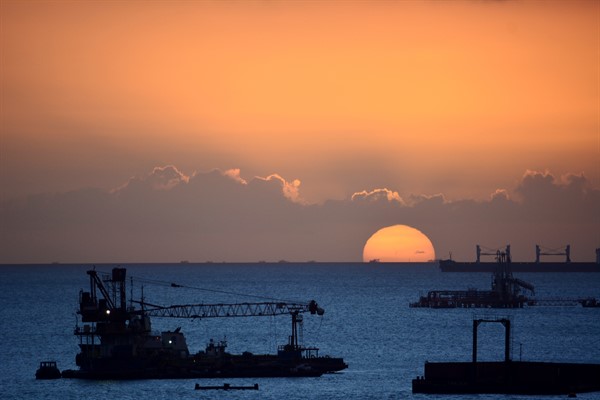For decades, the Caribbean twin-island nation of Trinidad and Tobago has relied on oil and natural gas production to guarantee its energy security and provide a measure of fiscal stability for the government.* Even as oil and gas revenues have steadily declined since hitting a peak in the late 1970s, the country’s economy remains highly reliant on the energy sector, which accounts for around 75 percent of exports and 40 percent of GDP. However, the crash of global energy markets amid the COVID-19 pandemic and the growing threat of climate change are providing an impetus for a reevaluation of Trinidad and Tobago’s energy security and a concerted diversification of the nation’s energy mix.
The definition of energy security is broad, encompassing the physical security of infrastructure and trade routes; the ability to develop and acquire supplies; and the conduciveness of policies and business climates. It can refer to either the security of demand or of supply. For Trinidad and Tobago, it is both: The country’s economy relies on steady global demand, and domestic energy consumption is almost entirely oil and gas.
On the former issue of demand security, signs are ominous. Trinidad and Tobago’s budget deficit for 2020 is estimated at 11 percent of GDP, due to collapsed oil and gas prices and increased expenditures from the pandemic. This is not to suggest that COVID-19 means the end of the country’s oil and gas industry. In October alone, an exploration well discovered new natural gas deposits in the Ortoire area, and BP’s Trinidadian subsidiary completed the expansion of an export terminal at the port of Galeota. Still, in the long term, the pandemic’s impact adds to the growing case for Trinidad and Tobago to strengthen its energy security.

